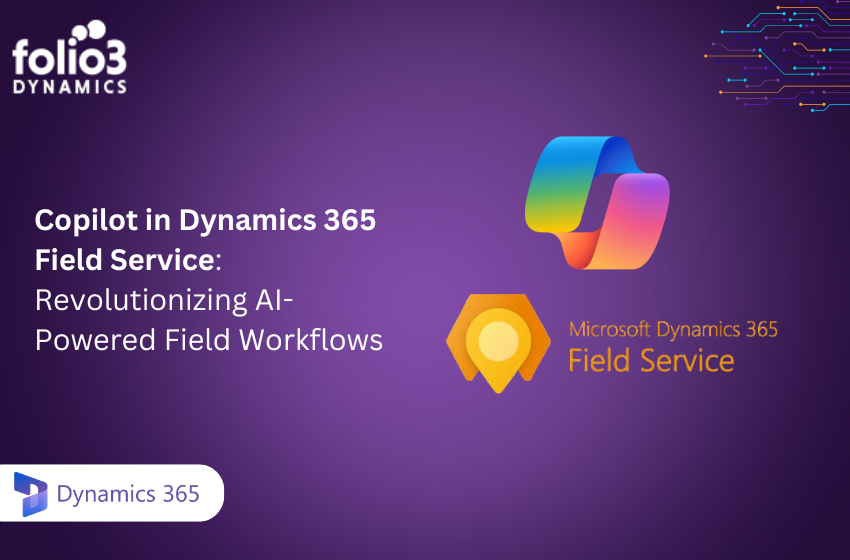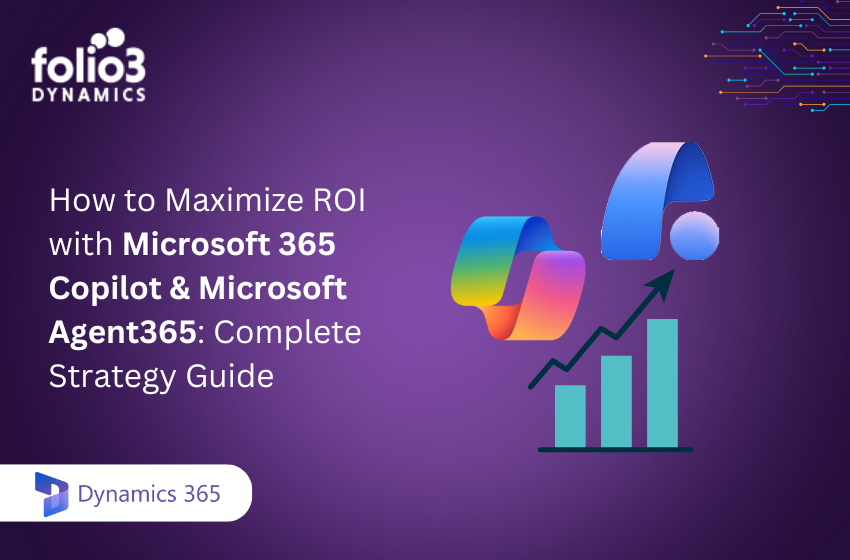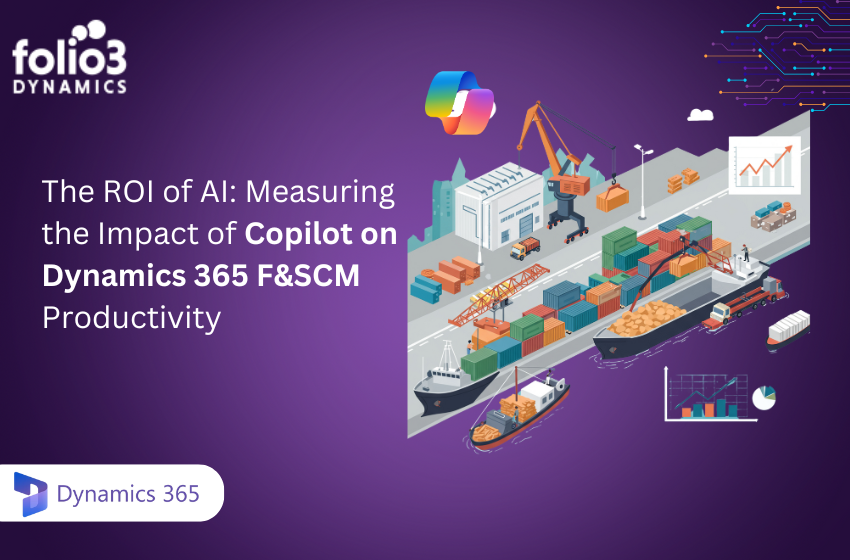This article defines a framework for creating a powerful data strategy businesses can use. The article will assist managers in illustrating the direct objective of their data, whether “defensive” or “offensive.”
Using this method, managers can design their data-management actions to help their company’s strategy.
Overview
The volume of data and information that exists worldwide and is collected by companies is expanding exponentially, and almost 90% of it was developed in the last two years.
And as the volume of information increases, so does the need for a good data strategy.
Many companies have supported a coherent strategy for arranging, supervising, investigating, and deploying an organization’s data assets. But it hasn’t been easy.
More often than not, companies become dominated with the amount of their data and put it lowest on the emphasis list. However, a proper data method can be the driving characteristic behind improved revenue, gained market share, and elevated consumer satisfaction.
Now let’s dive into how a proper data method for small businesses and big businesses alike should look like.
What Is a Data Strategy
A Data Strategy is a concept for how a business will compile, stock, manage, share and utilize the data. This method or strategy should be tightly related to business objectives, and assist an organization accomplish them.
Whatever business goal you wish to accomplish with your data business method it is likely to fall into one of the two kinds of data strategies: defense or offense.
What Is a Defense Strategy
A defense strategy is about decreasing the downside danger. As the name somewhat implies, these are actions that safeguard your business. This can be:
- Making sure your company capitulates with rules and regulations.
- Use data to catch and eliminate exposures in the system.
- Evolve anti-theft systems.
Another side of defense methods is assuring information integrity. This relates to collecting, homogenizing, and supervising important information, such as client and supplier information, in one data storage. This is often guided to as “a single source of truth.”
Defense strategies are often endorsed by different metrics. These will assist you discover some probable operational efficiencies. On the other hand, obtaining deeper analytical insight mandates the use of metrics such as consumer addition cost, content effectiveness, and share of voice.
Looking at these metrics you might better comprehend why assuring data integrity is a critical part of any defense strategy. For example, if the team is estimating a different number for consumer acquisition cost than the sales department, it will influence their individual strategies going forward.
What Is an Offense Strategy
While a defense strategy concentrates on defending your business, an offense strategy is implied to prosper your business. It concentrates on improving revenue, profitability, and client satisfaction through the intelligent use of data and data analytics. The objective is to help key managerial decisions.
Offensive strategies manage to be more suited for customer-facing units, such as sales and marketing. These units deal more often with more real-time data, which needs to be reflected in your data driven business strategy. For example, real-time data can be difficult to validate and function.
Offensive strategies also let users go deeper into their database and apprehend not only what data they have, but where it came from and how much confidence they can put behind it. This is one of the biggest challenges in today’s business world. Because of that, this is where artificial intelligence consulting agents are often pertained to as it’s a difficult and time consuming process.
What are the steps to building a data strategy and how does it work ?
The following tips to create an actionable data strategy need to be followed.
Prepare a proposal
The first step is to build a proposal summarizing the benefits of having a coherent method for your association. Your proposal can contain characteristics like the following:
- Economic advantages of executing a strategy.
- Competitor estimation.
- Company objectives you plan to accomplish.
- Data strategy plan.
An extensive suggestion will assist you obtain a rapid buy-in from leadership, IT departments, and key stakeholders.
Build a team
Finding people who bring a variety of viewpoints is essential for success in data strategy. Your team will be accountable for many jobs, which may comprise the following:
- Resource allowance and allotment.
- Founding and enhancing policies.
- Marketing with data-related issues as they emerge.
You can also allot data governance positions for specifying who is accountable for deploying technologies, providing keeping up with standards, and revising everyone about policy changes.
Optimize your data architecture
Any data strategy has to the right solutions and technologies to attain practically. You will have to investigate your existing data infrastructure, examine how different teams currently use data, and determine any gaps to be resolved. This step normally involves making technology-centric decisions based on your conditions, which may include the following:
- Data volume and variety.
- Data quality and estimation.
- Safety and compliance.
Eventually, your objective is to develop a data strategy that makes your data as accessible, shareable, and actionable as possible for all stakeholders who need it, with the right security controls in place.
Why is a data strategy important?
Building a data strategy is important for companies to stay pertinent, competitive, and creative amidst consistent change. You must compile, organize, and work on your data to meet business goals and open new value for your business , such as the following:
- Faster decision-making
- Increased revenue streams
- Improved customer satisfaction
Your data strategy benefits you because it aligns data administration with company strategy and data administration.
Having a data integration strategy for your business can assist you in scheduling what efforts you need to put in to improve the accessibility of data both externally and internally. You will be competent to affect a lot of essential parts of your business. Yes, the ultimate goal is to develop more profit. An important part of that is captivating your customers, so delivering better services than your competitor shouldn’t be disregarded and forgotten.


